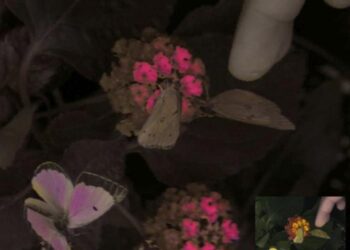At a first glance, this doesn’t seem like much. Just an animal rescued. But if you look more carefully, I think you’ll find it’s more than this; it’s a symbol. A symbol of how people don’t care about animals, regardless of how rare they are and how well they can take care of themselves.
This three legged serval was most likely used for breeding hybrid species, Savannah cats that sell for thousands of dollars, and was dumped for being too difficult to handle, which is basically what you expect from a large feline. But the wound was really old, so it was probably dumped without one leg and left to fend for itself. It would have suffered a slow and painful death, just limping around if it hadn’t been for the Tucson Wildlife Center.
I really really recommend checking out bigcatrescue.org, lots and lots of amazing stories and a great job done by the people there. Hats of to you guys !






